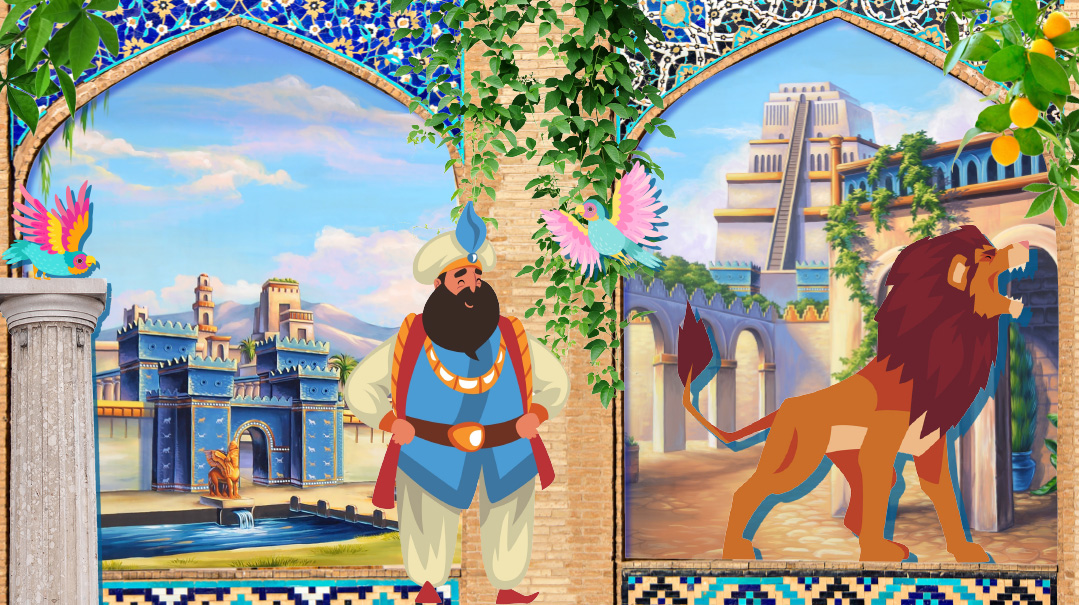Where Is Shushan?
| March 8, 2022“A guided tour of Shushan — what an experience!”

“I'm Tuvya, and I’m honored to be your tour guide for the day. I’d like to welcome you to Shushan! I’m still not sure where you’re from, or how you got here, but you look like good yaldin Yehudayin. You want to see Shushan? Come along, yaldin, and step right up to this bridge over here. Look around at your surroundings as I share all of Shushan’s secrets with you, young travelers.”
“Sounds amazing,” Shoshi whispers, eyes wide. I look back at her with barely concealed excitement. “I can’t wait,” I whisper back. “A guided tour of Shushan — what an experience!”
We turn our attention back to our tour guide. Tuvya is a kind-looking man, with a big smile and broad shoulders. His hair is brown, and so is his bushy beard, and his eyes are dancing as he begins his tour. “Over here, on our right,” Tuvya flings his right arm outwards, “is the Palace. And here, on our left,” I quickly move back to allow for Tuvya’s left arm to stretch out toward the town — “is Shushan.”
“What do you mean?” Shoshi queries. “Aren’t we in Shushan? Isn’t this all Shushan?” She wrinkles her nose and whispers, “That’s where we asked to go, anyway!”
Tuvya laughs, a great big jolly sound, and his big shoulders shake. “I’m sure that wonderful yaldin such as you know all about the story of Shushan,” he says, as if he thinks Shoshi was joking.
I feel like I need to intervene. “Of course. But… we learned that the palace was in Shushan, and you just pointed them out as if they were separate places — the palace on our right, and Shushan on our left.”
Tuvya nods sagely. “I see that you have a lot to learn, young travelers. In the meantime, before we find a good place to settle down for me to tell you the story, I’d like you to notice the location of the bridge on which we are standing.”
“Between the palace and Shushan, you said,” Shoshi answers.
“Correct. And below the bridge?” We look down and become aware that our bridge is not merely a decorative bridge. Below flows clear, blue water.
“It’s a river,” I say.
“Right!” Tuvya replies with his big smile. “This is the Ulay River. It separates the Apadna and Shushan.”
“Now we’re back to that!” Shoshi shakes her head, her curls bouncing as she frowns. “Please tell us about it,” she begs. “I’m getting a little confused. And what is apadna? Is that a kind of panda? Like, the bear?”
“Come along, children.” Shoshi and I follow breathlessly as Tuvya marches down the bridge. Not in the direction of the small houses and other structures on the side he called “Shushan,” but in the other direction — the direction of the Palace. I feel shivers creep down my back. We were actually going to see Achashveirosh’s palace. “Shosh,” I whisper. “Is this for real?”
She grins back. “Pinchas, this is the best thing we’ve ever done!”
Oops! We could not locate your form.





